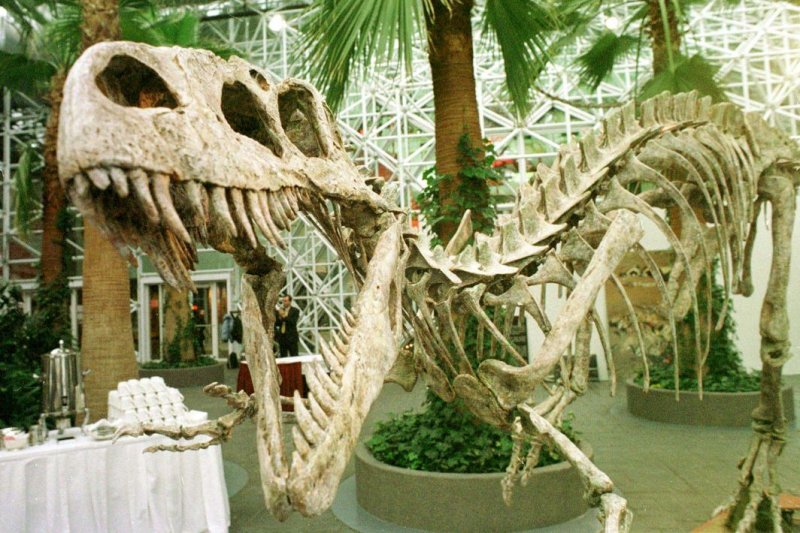RALEIGH, N.C., Sept. 27 (UPI) -- Which came first, giant dinosaur heads or massive dino bodies? New research suggests large ornamented heads triggered the rapid increase in body mass among Jurassic predators.
When researchers at North Carolina State University analyzed the evolution of body size among theropods, they found lineages with ornamented heads -- large heads with crests, horns or nobs -- got bigger faster.















